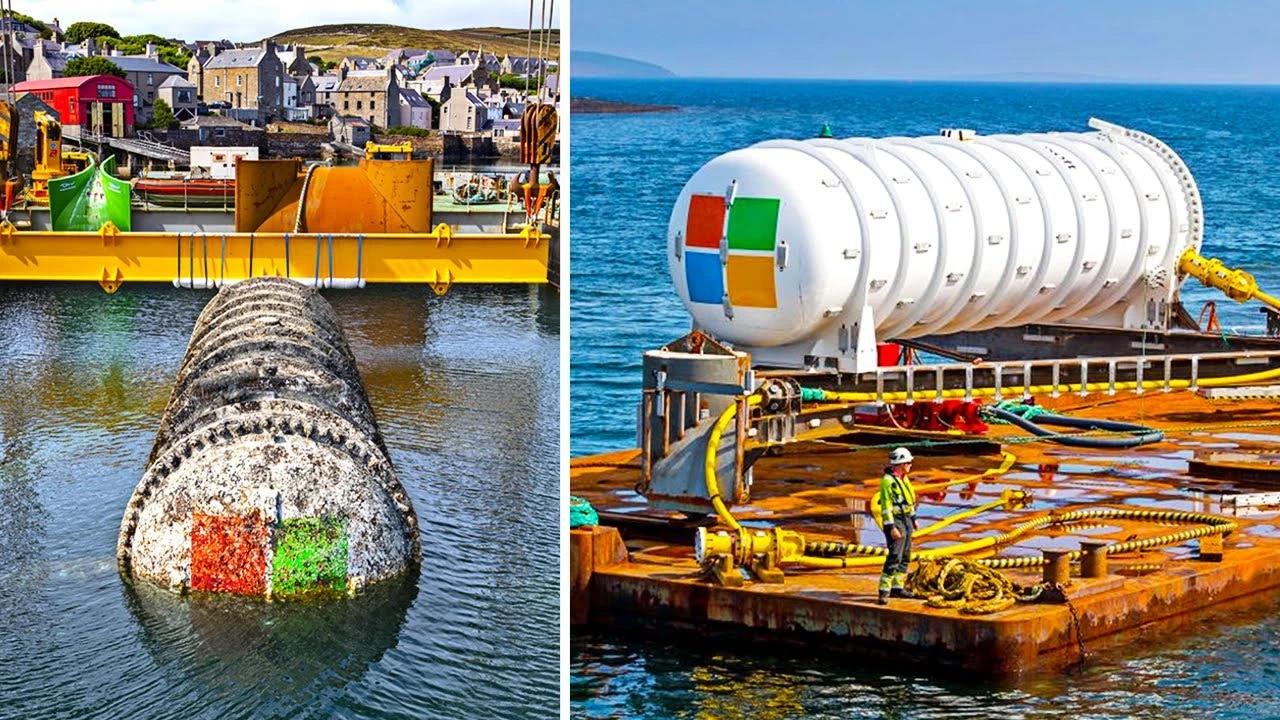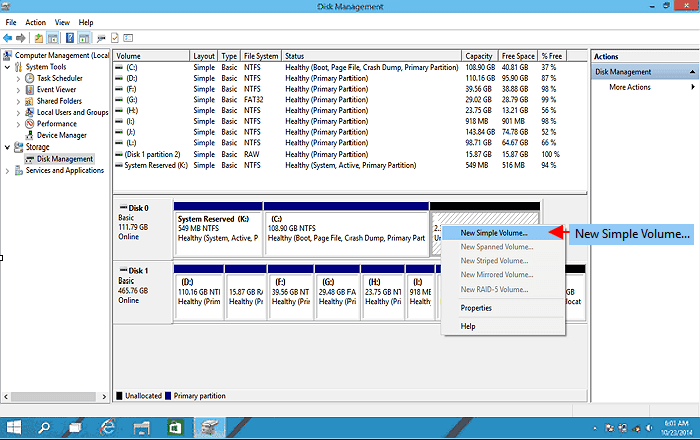
Data centers, the unseen giants powering our digital world, have taken an unexpected plunge—literally. At the bottom of the ocean, where depths and darkness prevail, some of the most advanced servers are silently humming away. It might sound like a plot from a sci-fi novel, but it’s a real experiment with potential game-changing implications.
Microsoft’s Aquatic Ventures
In 2015, Microsoft embarked on an ambitious project, submerging its first prototype underwater data center off the coast of California. This wasn’t a one-time affair; in 2018, they repeated the feat near the Scottish Orkney Islands, submerging an airtight metal storage tank containing 864 servers and 27.6 petabytes of storage, 117 feet below the surface.
The experiment declared success after two years, boasting an eighth of the failure rate compared to conventional data centers. The innovative approach focuses on waste heat management, a critical consideration in an era obsessed with energy efficiency.
Overcoming Challenges
While the results are promising, sinking servers in the ocean comes with its own set of challenges. Unlike controlled environments, like a swimming pool warmed by data center waste heat, the ocean is vast, deep, and uncontrollable.
Ocean water, with its high salinity of 3.5%, poses corrosion challenges due to increased conductivity. However, humanity’s experience in protecting submerged metal parts, through coatings like specialized paint and galvanic protection, offers solutions.
Weight and Pressure Considerations
Water, as it turns out, is heavy. With every 100 feet below sea level, an additional three atmospheres of pressure are added. Yet, the solution lies in placing these data centers on the relatively shallow continental shelf, where the pressure is manageable. Sturdy cylindrical containers with thick metal walls can endure the pressure of seawater.
Anchoring the data centers in place is crucial, considering the strong currents and the potential disruption caused by hurricanes. The 2018 Microsoft data center used a triangular base loaded with heavy ballast to stay anchored. Additionally, cables leading to and from the container are armored with Kevlar and buried below the seabed to thwart any curious shark interference.
Environmental and Efficiency Advantages
The potential benefits of underwater data centers are immense. Around 40% of the global population resides within 100 miles of the coast, making it a viable option for serving large population centers. The primary advantage lies in consistent and cost-effective cooling. Unlike the fluctuating surface conditions, the bottom of the ocean maintains a remarkably stable cold temperature due to water stratification.
Moreover, relocating data centers to the ocean floor avoids competition for urban space, potentially reducing costs. If left undisturbed for around a decade, these servers could coexist with marine life, causing minimal disruption to the underwater ecosystem.
Airtight and Oxygen-Free: The Technology Inside
The servers in these underwater data centers are sealed in an airtight, oxygen-free environment filled with a dry, neutral gas like nitrogen. This not only increases server longevity by reducing corrosion but also minimizes the risk of fires since nitrogen is non-flammable. With less need for on-site maintenance, the servers boast a significantly lower failure rate, allowing them to operate efficiently for extended periods.
In conclusion, the idea of sinking data centers into the ocean, once considered eccentric, now presents itself as a practical solution with potential environmental and efficiency gains. As technology advances and challenges are addressed, the depths of the ocean may become the next frontier for the ever-expanding digital infrastructure.
In case you have found a mistake in the text, please send a message to the author by selecting the mistake and pressing Ctrl-Enter.





